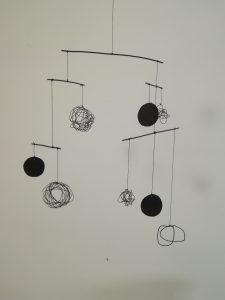Throughout the duration of the Research and Communication module exposed me to many different ideas, theories and historical movements that have moulded the way that art is today. The segment I took the most from was within week two during a lecture with Dr Callum Kerr. This is because of the many ways that he presented ideas about critical thinking and critical theories, and how exactly they can be applied to our research and practice as artists or writers. Attending the lecture made me realise this is something I have always attempted similar practice within my work personally. This had begun within my studies in Media as that had exposed me to ideas such as Feminism, Marxism, and Gender Theory. These Theories became the foundations for the concepts of my art projects, be it a political opinion I want to poke fun at or create a humanisation of shunned away masculinity. Dr Kerr’s talk opened up for me the idea that when doing research for my projects I should maybe apply the theories more directly to my work.
One of the ways I have attempted to connect critical theory to my practice would be when a project was completed designed around a list of words. With these words I wanted to capture the least literal explanation for why these words had anything to do with the photographs that where captioned with them. For this project I had tried to apply the Thing Theory, my photos where more about investigating the objects caught in the shot to decipher the connection to the word. I wanted to get the viewer to interoperate a narrative for themselves within the photographs. Infused with inspiration of works from Uta Bath and Rut Blees Luxemburg, I created work that brought more attention to the minor details on the photo that may explain the narrative I am trying to communicate. For example one of the photographs “Kiss” I did not want to take a picture of a literal kiss but capture a romantic location in which both I and my partner shared. The photo was the view of the city of Southampton from the top floor of her accommodation complex through a small narrow corridor with a window leading out to a dark but beautifully lit landscape of the dockland city.
With all of this I do believe that the Research and communication module has helped me see a new realm of different concepts and theories to add to my practice that can only help strengthen my work into something more conceptual and relevant to current society. I believe that each of these lectures helps in many ways such as the Terminal bar lecture. Upon researching into how this film was made I discovered how we as practitioners of art should be more open and vigilant on keeping our eyes and ears open so we do not lose any strand of inspiration that could provoke a completely new project all together.

